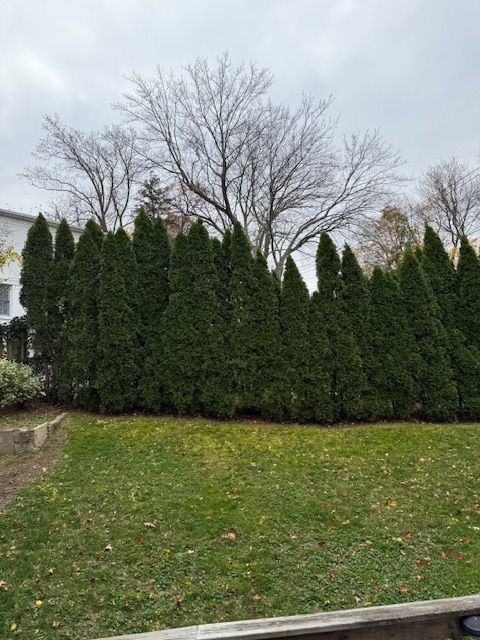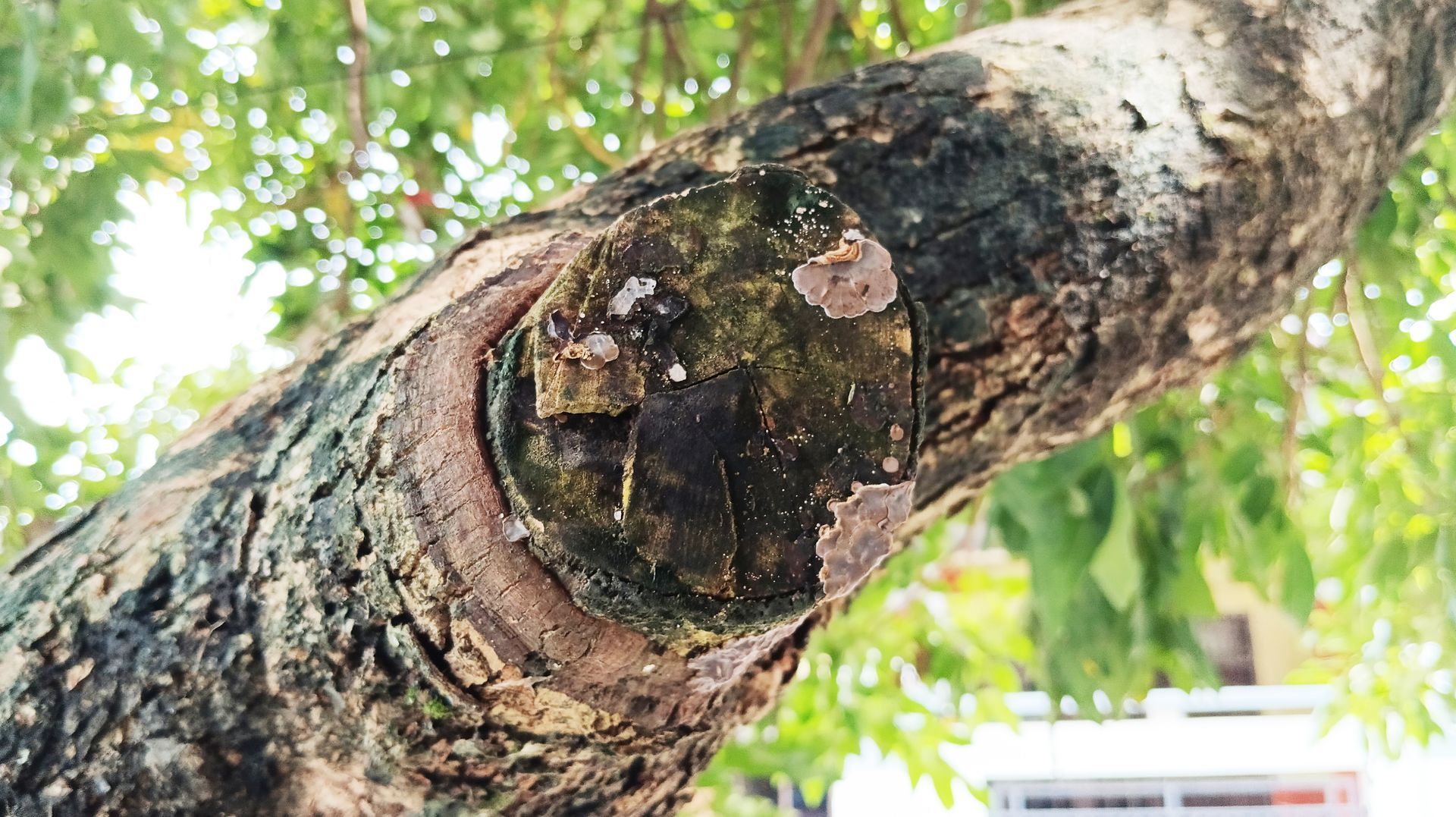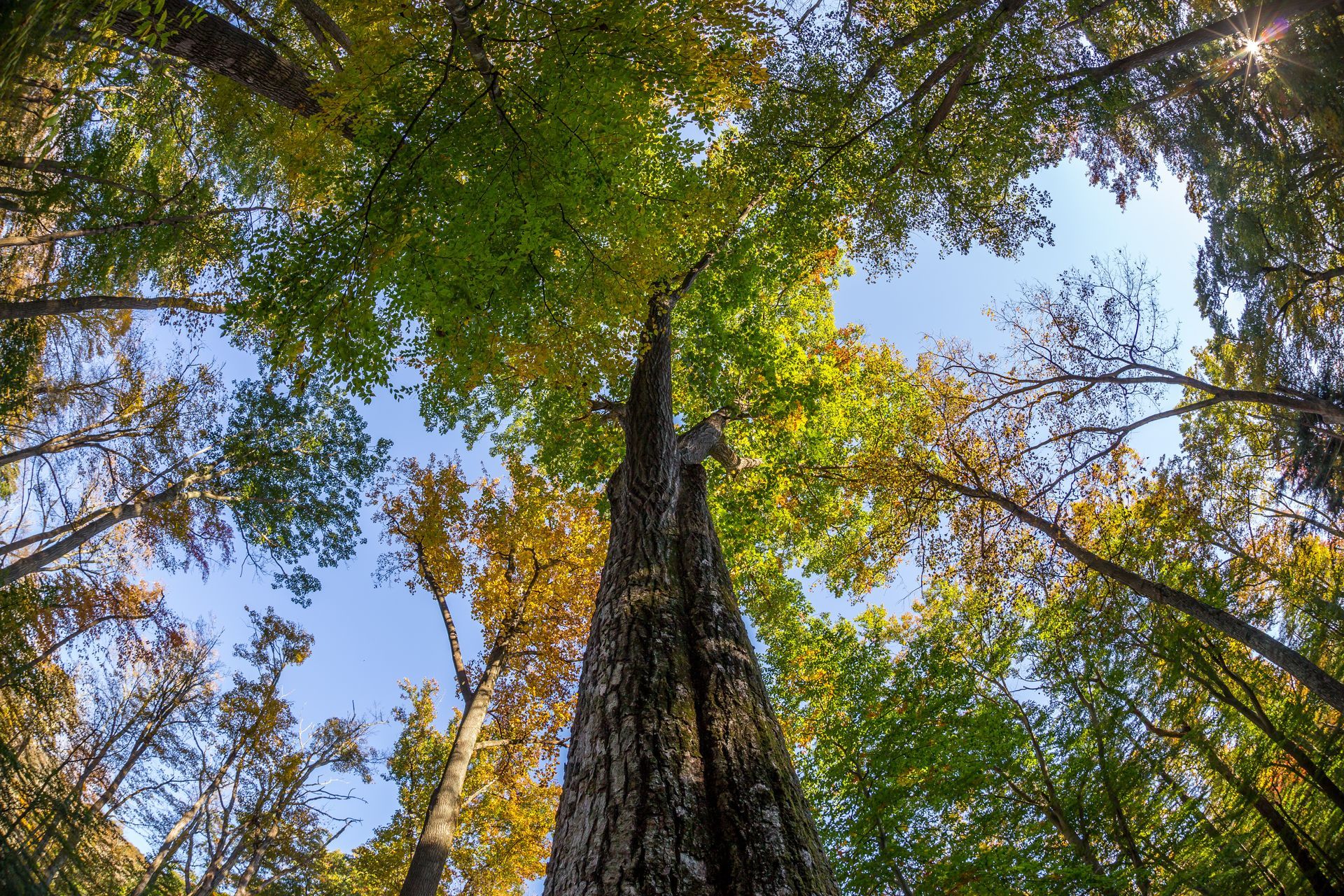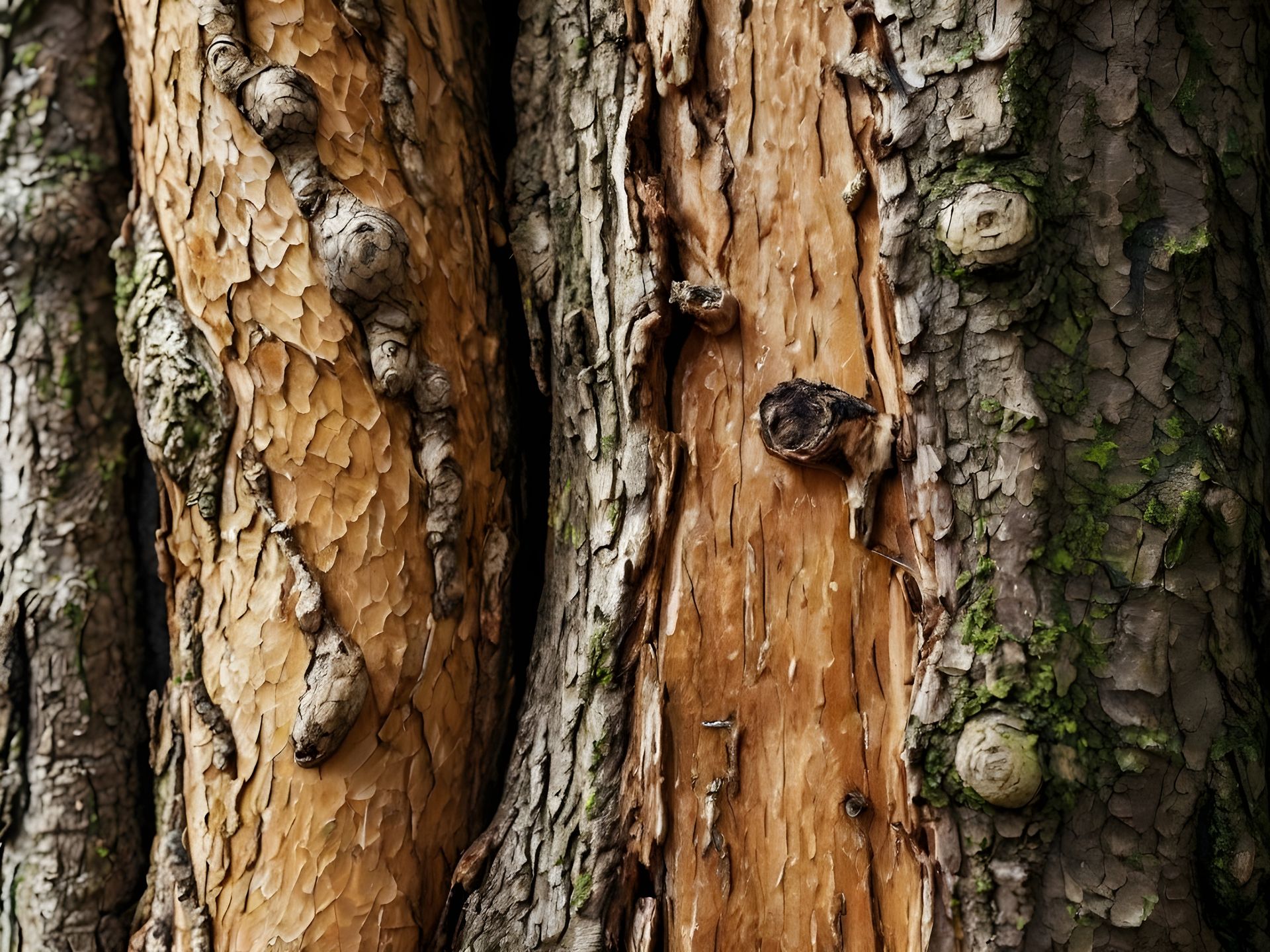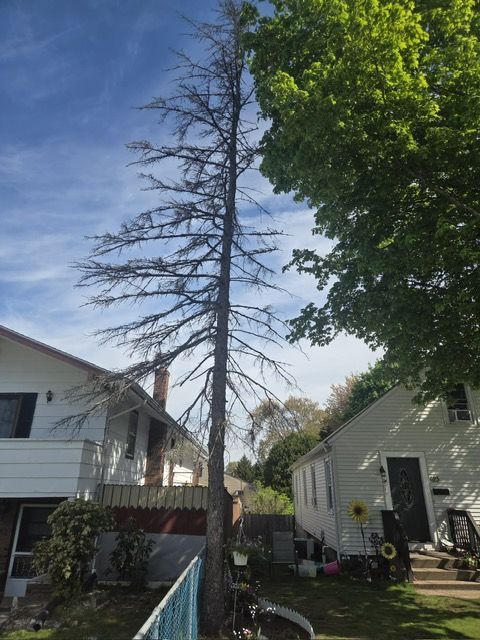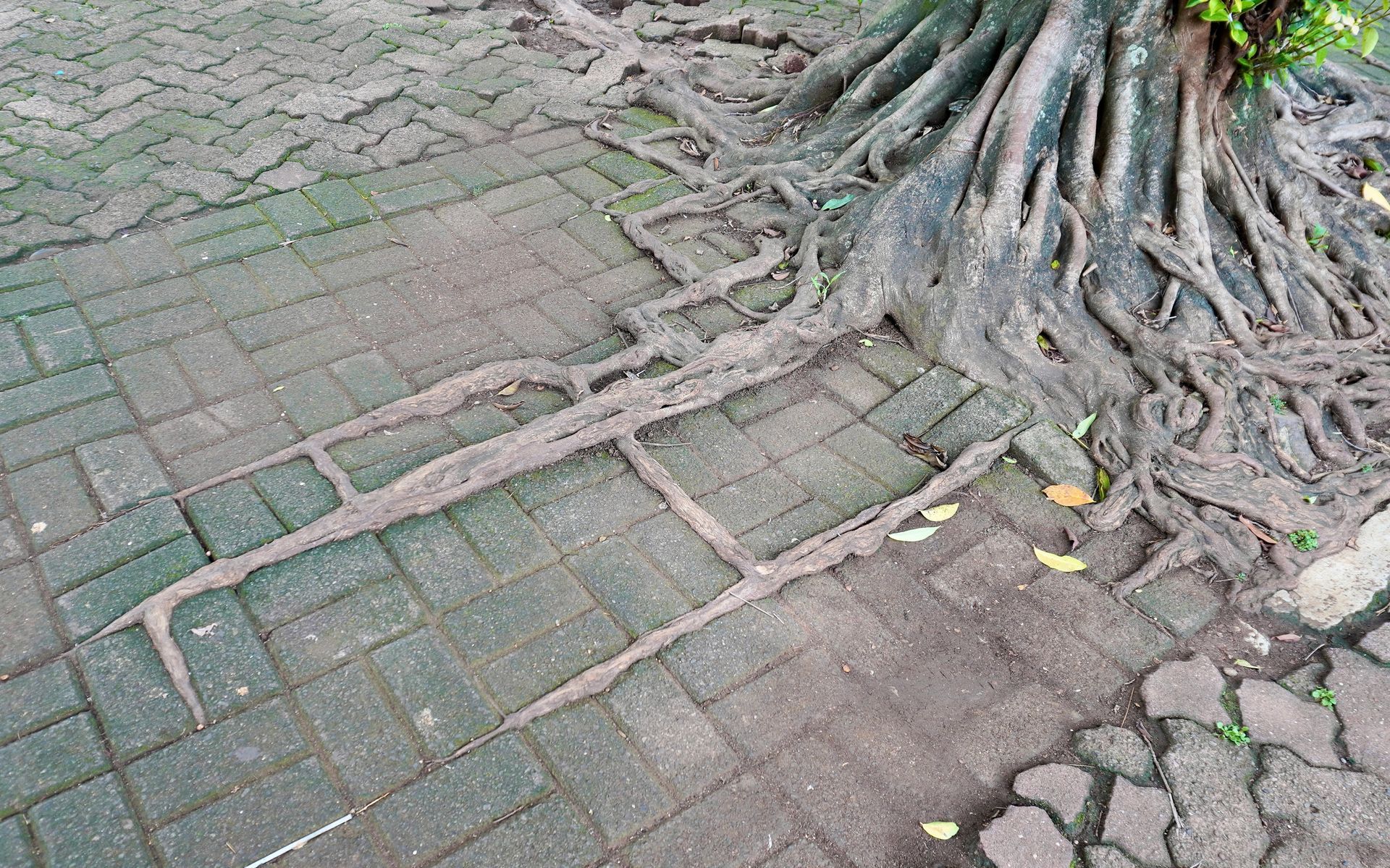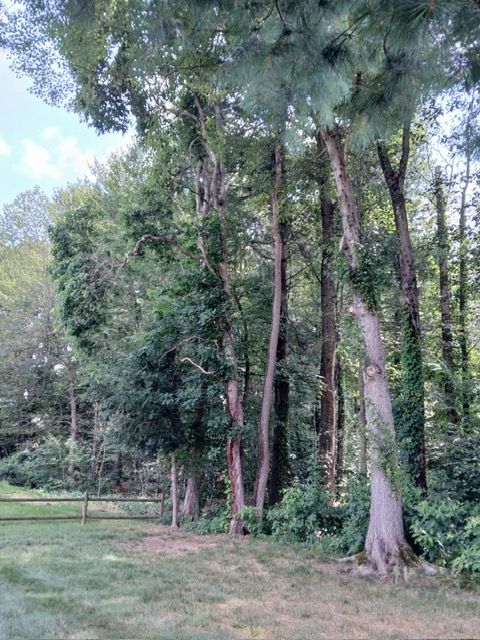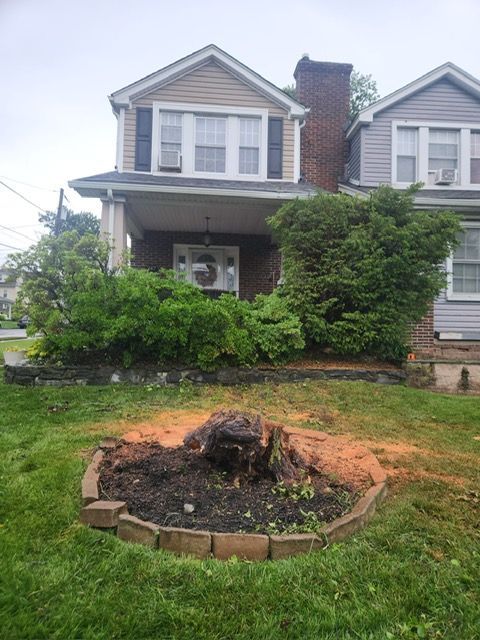How to Save a Dying Tree
How to Save a Dying Tree
"A mature tree can add up to 10% to your property value—unless it’s dying." That same asset can quickly become a liability if left untreated.
Seeing your favorite oak, maple, or birch begin to wither isn’t just disappointing—it’s alarming. The leaves thin out. Bark cracks. Dead limbs start dropping. You wonder: is it already too late?
Not always. In fact, many declining trees can be brought back from the brink with the right approach and a little timely intervention.
In this guide, I’ll walk you through clear, actionable steps to diagnose and restore a struggling tree. No fluff. No guesswork. Just practical, field-tested advice to help you preserve what matters—safely, effectively, and for the long term.
1. Evaluate the Symptoms Like a Pro
First, stop and really look. Are the leaves turning brown at odd times? Is the canopy thinning? Any mushrooms growing at the base? These aren’t just cosmetic issues—they’re warning signs.
Look for:
- Wilted or yellowing leaves
- Cracked bark
- Sparse branches or dead limbs
- Fungal growth or unusual swelling
Take photos. Compare with previous seasons. The sooner you spot the issue, the better your chances of helping the tree recover.
2. Investigate the Root of the Problem (Literally)
Roots are a tree’s foundation. If they’re struggling, everything above suffers. Poor soil drainage, compacted soil, construction damage, or root girdling can silently choke a tree over time.
What you can do:
- Check soil around the base. Is it soggy or rock-hard?
- Look for visible roots circling the trunk—a sign of girdling.
- Aerate compacted soil if needed.
- Avoid heavy equipment or digging near roots.
Fixing root problems early can be the difference between decline and survival.
3. Prune With Purpose
A thoughtful pruning job can breathe new life into a tree. But careless cuts? They do more harm than good.
Trim:
- Dead, diseased, or damaged limbs
- Branches that cross or rub
- Overgrowth that blocks sunlight or airflow
Keep it balanced. Never remove more than 25% of the canopy in one go. And always sanitize tools between trees to prevent spreading disease.
4. Hydration Is Key, But Get It Right
Too much water drowns roots. Too little, and they dry out. What a tree needs is consistency.
Here’s how:
- Deep water once or twice a week, not shallow daily sprinkles
- Use mulch to lock in moisture and regulate temperature
- Keep mulch 2-4 inches thick, and 3 inches away from the trunk
Bonus: Mulch also suppresses weeds and adds nutrients as it breaks down.
5. Feed It Smart, Not Fast
If your tree is nutrient-starved, it can’t fight off stress or recover from damage.
Use a slow-release fertilizer made for trees. Apply it in early spring or fall. Avoid dumping fertilizer during peak summer heat—you’ll stress the tree even more.
Pro tip: Get your soil tested. It’s the only way to know exactly what nutrients are missing.
6. Fight Pests and Diseases Early
Declining trees are a magnet for insects and pathogens. Beetles, borers, fungi—they love weak trees.
Inspect regularly. Look for chewed leaves, holes in bark, or sawdust at the base. If you spot signs, call a certified arborist. Don’t spray blindly—misuse can make the problem worse.
Go with targeted treatments, and use integrated pest management (IPM) techniques whenever possible.
7. Boost the Tree's Overall Health
Long-term recovery means building resilience. Treat your yard like an ecosystem.
Tips:
- Plant ground cover or native shrubs to improve soil life
- Avoid lawn chemicals near trees
- Keep mowers and weed trimmers away from trunks
- Schedule seasonal checkups with a professional
Trees thrive in healthy, balanced environments. Mimic nature—don’t fight it.
Conclusion: Bring Your Tree Back From the Brink
Restoring a dying tree isn’t an overnight fix. But it is possible—and often well worth the effort.
Start with a good diagnosis. Address root health. Prune smart. Water and feed with care. Stop pests in their tracks. And most of all, commit to consistent, long-term maintenance.
At the end of the day, a healthy tree isn’t just shade or scenery. It’s part of your landscape’s identity. With a little effort, it can keep growing strong for decades to come.
